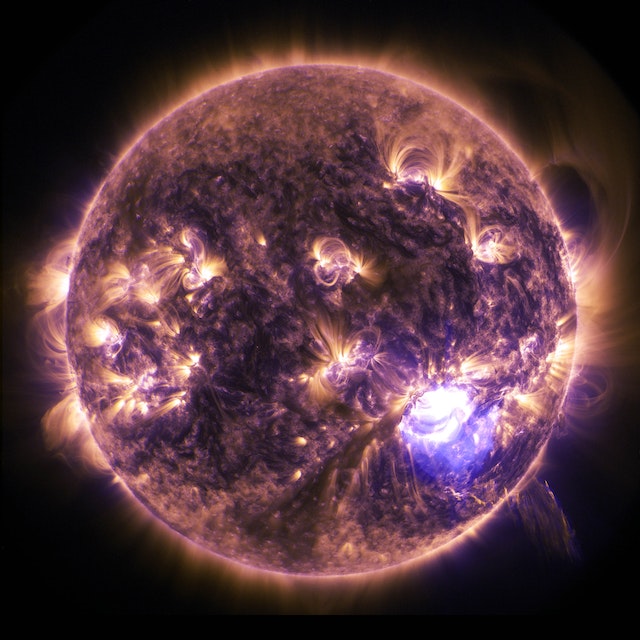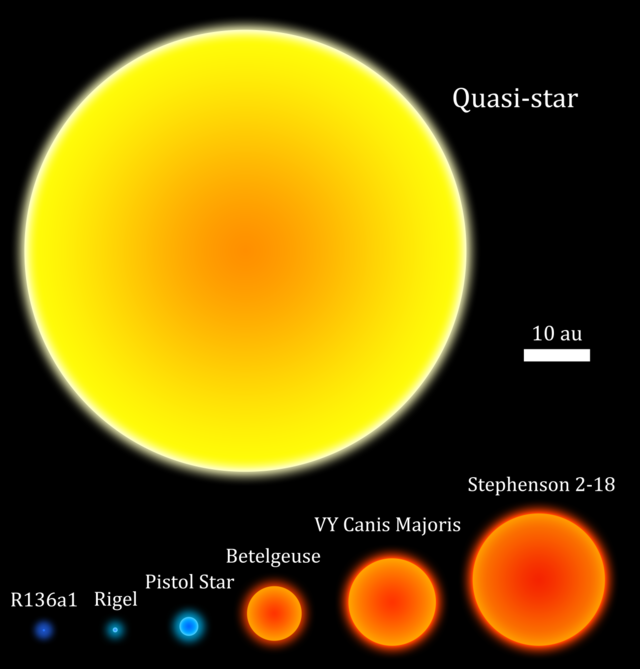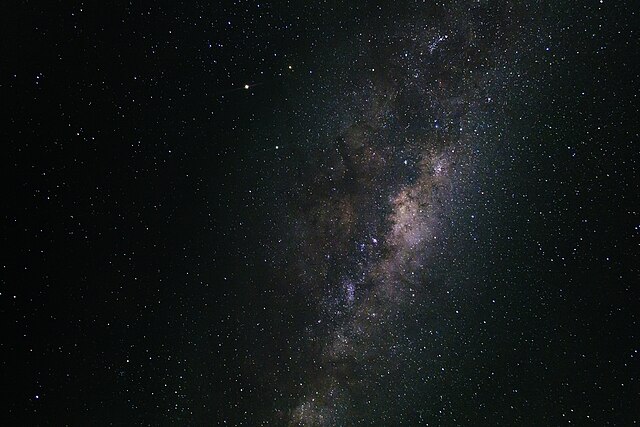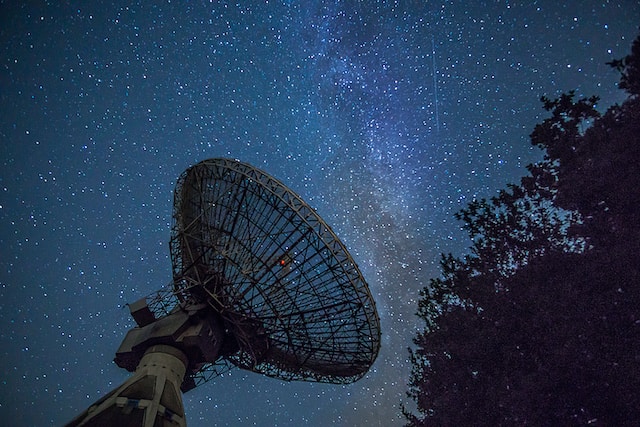5 Interesting Stephenson 2-18 Facts for Kids 2024! [Fun Facts]
Stephenson 2-18 is one of the most fascinating stars in the universe. This particular star is a red supergiant that is located in the constellation Scutum. It is one of the largest stars in the universe that we know of today, and is also one of the most luminous stars that currently exists in the Milky Way!

The universe is full of brilliant stars that all have an interesting history behind them, and in this article, we will take a closer look at this particular star. Let’s dive right in.
When was Stephenson 2-18 first observed?
Stephenson 2-18 was first discovered by an American astronomer named Charles Bruce Stephenson, after observing data obtained from a deep infrared survey. It’s worth noting that Stephenson 2 was an open cluster of stars. This cluster belonged to a larger cluster of stars that each consisted of several red supergiants.
This star was first given the name of “1”, but was not originally considered to be a member of the Stephenson 2 cluster. This was because it had unusual physical characteristics, and was considered to be its own red supergiant.
Later on, however, this star was assigned to a different cluster called Stephenson 2 SW, and was assigned the designation of 18, and eventually became known as Stephenson 2-18.
Facts about Stephenson 2-18
1. Stephenson 2-18 is one of the biggest stars that humans have ever discovered.

Of course, the universe is huge and infinite, and there are probably thousands of other stars that we haven’t discovered! However, at present, Stephenson 2-18 is one of the largest stars in the entire universe that human beings have ever discovered till date. Its diameter is over 2000 times bigger than the Earth’s sun, and it’s volume is over 10 billion times larger than the Sun.
2. Stephenson 2-18 is large that UY Scuti.
For a long time, UY Scuti was considered to be the largest star in the universe, but studies have since shown that Stephenson 2-18 is much bigger. While Stephenson 2-18’s solar radii is around 2150, UY Scuti’s solar radii is about 1708.
3. Stephenson 2-18’s cluster is one of the most massive clusters in the entire Milky Way.

After Charles Bruce Stephenson first discovered the cluster, researchers have since observed that this cluster’s size makes it one of the most massive open clusters in the Milky Way. It contains 26 red supergiants; this population is the largest in the Milky Way as well.
4. Stephenson 2-18 is not the star’s official name!
Even though this what the star is most commonly known as, it does not have an official title. It is also referred to as Stephenson 2 DFK 1, which refers to Don F. Figer, Ben Davies, and Rolf-Peter Kudritzki. They were the scientists who first identified the 26 red supergiants. On the other hand, RSGC2-18, stands for Red Supergiant Cluster 2.
5. You cannot see Stephenson 2-18 with an ordinary telescope.

Yes, that’s true! Even though this star is a super giant, the average telescope isn’t powerful enough to see this star. This is because there is too much dust in the surrounding areas, and will prevent amateur telescopes from getting enough visibility.
FAQs
What will happen when Stephenson 2-18 dies?
When Stephenson 2-18 dies, its mass goes back to the galaxy, which will create new planets and new stars.
How many suns can fit in a red giant?
A single red giant can fill thousands of suns in it! The Earth’s sun is huge, but its size isn’t even close when compared to a red giant like Stephenson 2-18.
Which star is bigger than the Sun?
Several stars are bigger than the sun, like UY Scuti, Pollux, Sirius, and Alpha Centauri A.
Conclusion
In this article, we walked you through a list of interesting facts about Stephenson 2-18. Just like many other supergiants in the Milky Way, this star has its own story and interesting history of discovery. Now that we’ve skimmed the surface on this particular star, we encourage you to keep reading more about the other red supergiants that humans have discovered!
